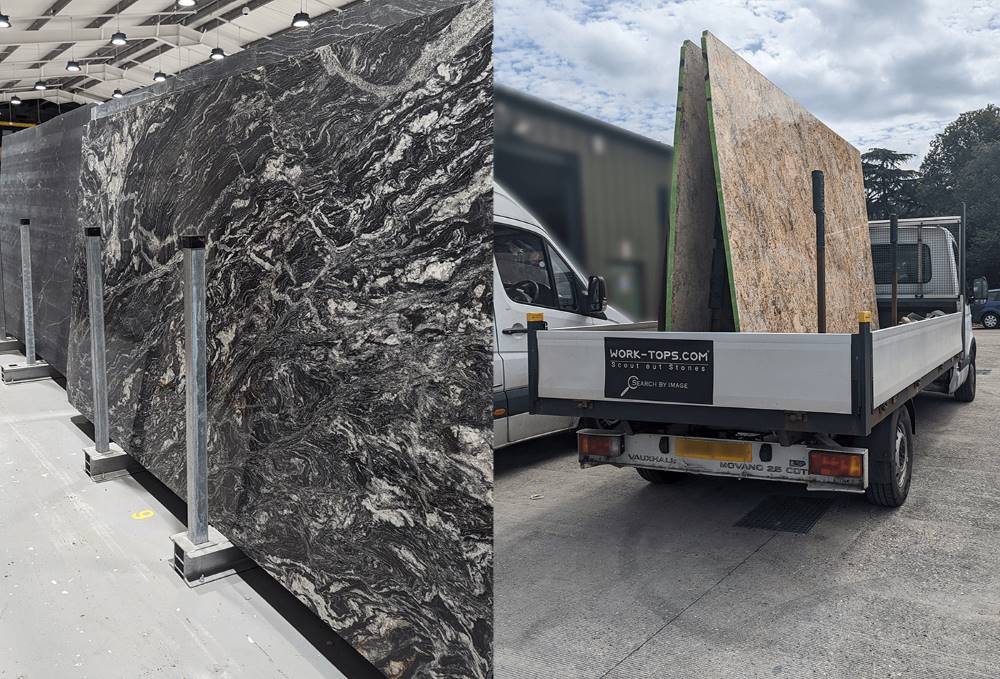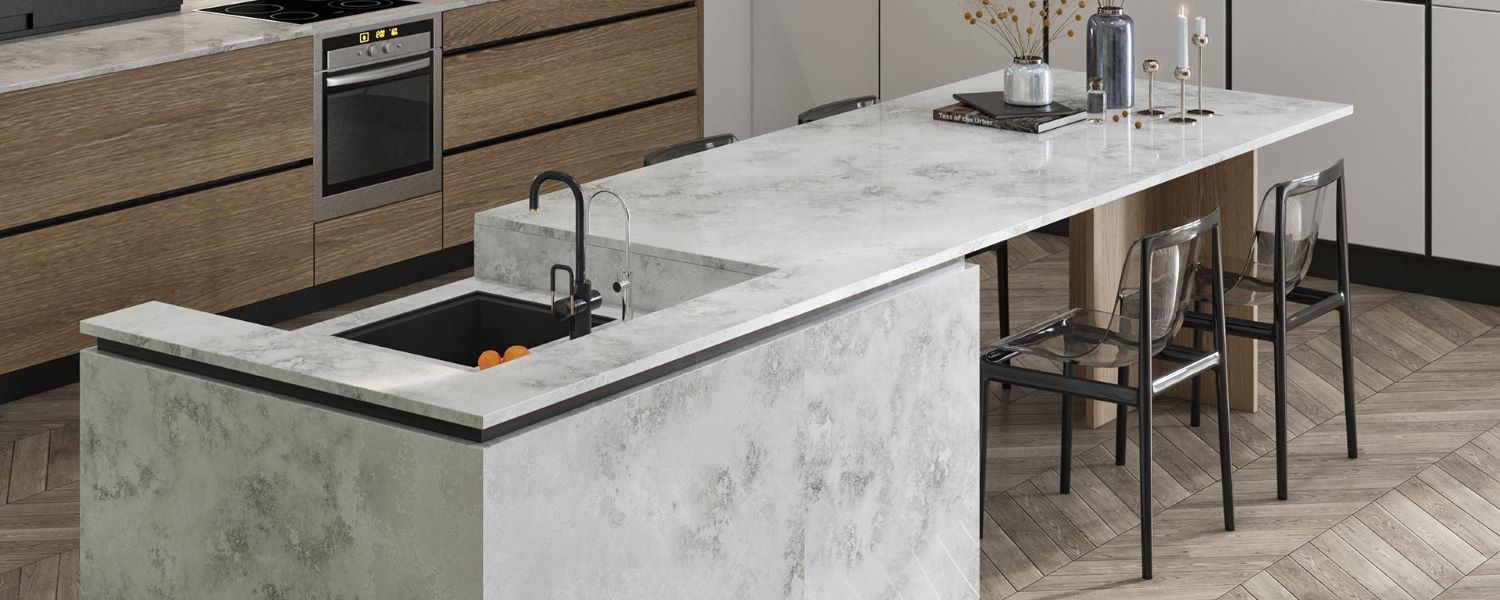Table of Contents
ToggleMarble benchtops have long been a symbol of luxury, elegance, and sophistication. From ancient Greek temples to modern-day kitchens, marble has been a favorite material for those seeking to add a touch of timeless beauty to their spaces. But what makes marble benchtops so special? Are they the right choice for your home? In this comprehensive guide, we’ll explore everything you need to know about marble benchtops, including their benefits, types, costs, maintenance tips, and more.
Why Choose Marble Benchtops for Your Home?
Marble is more than just a building material—it’s a statement of style and refinement. Its natural veining, soft luster, and unique patterns make it a popular choice for benchtops in kitchens, bathrooms, and even laundry rooms. However, marble is also known for being high-maintenance and prone to staining. So, is it worth the investment? In this guide, we’ll break down the benefits of marble benchtops, the different types available, their costs, and how to care for them to ensure they remain beautiful for years to come.
What Are Marble Benchtops and How Are They Made?
Marble benchtops are countertops made from natural marble stone, which is quarried from the earth and cut into slabs. Marble is a metamorphic rock, formed from limestone under intense heat and pressure. This process gives marble its distinctive veining and soft, luminous appearance.
Each slab of marble is unique, with natural variations in color, pattern, and texture. This means that no two marble benchtops are exactly alike, making each one a one-of-a-kind masterpiece.
What Are the Benefits of Marble Benchtops?
Marble benchtops offer a range of benefits that make them a top choice for luxurious spaces. Here are some of the key advantages:
1. Timeless Beauty
Marble’s natural veining and soft luster create a luxurious and elegant look that never goes out of style. Whether you prefer the classic white of Carrara Marble or the bold veining of Calacatta Marble, marble benchtops add a touch of sophistication to any space.
2. Heat Resistance
Marble is naturally cool, making it ideal for baking and pastry-making. You can roll dough directly on the surface without worrying about damage.
3. Unique Appearance
No two slabs of marble are alike, ensuring your benchtop is truly one-of-a-kind. This uniqueness adds character and charm to your home.
4. Adds Value to Your Home
Marble benchtops are a sought-after feature in high-end homes, and they can significantly increase the resale value of your property.
5. Versatility
Marble works well in a variety of spaces, including kitchens, bathrooms, and laundry rooms. Its timeless appeal makes it suitable for both traditional and modern designs.
What Are the Different Types of Marble Benchtops?
Marble comes in a wide range of colors, patterns, and finishes, allowing you to choose the perfect option for your space. Here are some of the most popular types:
1. Colors and Patterns
- Carrara Marble: A classic white marble with subtle gray veining, perfect for a timeless look.
- Calacatta Marble: A luxurious option with bold, dramatic veining and a bright white background.
- Statuario Marble: A high-end marble with striking gray and gold veining.
- Emperador Marble: A rich brown marble with warm tones, ideal for adding warmth to a space.
2. Finishes
- Polished: A glossy finish that enhances the stone’s natural color and veining.
- Honed: A matte finish that offers a more subdued, soft look.
- Leathered: A textured finish that adds depth and character.
3. Edge Profiles
- Straight Edge: A simple, clean look.
- Beveled Edge: A slight angle for a more refined appearance.
- Bullnose Edge: A rounded edge for a softer, more traditional look.
How Marble Compares to Other Stone Benchtops
When choosing a benchtop material, it’s important to understand how marble compares to other options:
Marble vs. Granite
- Marble is softer and more porous than granite, making it more prone to scratches and stains.
- Granite is more durable and better suited for high-traffic areas.
Marble vs. Quartz
- Marble is natural and unique, while quartz is engineered and consistent.
- Quartz is more durable and low-maintenance, while marble requires regular sealing.
Marble vs. Porcelain
- Marble has a natural, luxurious appearance, while porcelain offers a sleek, modern look.
- Porcelain is more scratch-resistant, while marble is more heat-resistant.
How Much Do Marble Benchtops Cost?
The cost of marble benchtops in Melborne can vary depending on several factors:
Factors Affecting Cost
- Type of Marble: Rare or exotic marbles like Calacatta are more expensive.
- Thickness of the Slab: Thicker slabs cost more but offer greater durability.
- Complexity of Installation: Custom shapes or intricate designs can increase costs.
Average Cost
In Australia, marble benchtops typically cost between 100and100and250 per square foot, including installation. While this may seem expensive, the timeless beauty and luxury of marble make it a worthwhile investment.
How to Choose the Right Marble Benchtop for Your Home
Choosing the right marble benchtop involves considering several factors:
1. Consider Your Style
Choose a color and pattern that complements your kitchen or bathroom design. For example, Carrara Marble is perfect for a classic, timeless look, while Calacatta Marble adds a touch of luxury.
2. Assess Your Needs
Think about how the benchtop will be used. If you do a lot of baking, marble’s cool surface is ideal. However, if you need a more durable option for a high-traffic kitchen, consider granite or quartz.
3. Set a Budget
Determine how much you’re willing to spend and explore options within your price range.
4. Visit a Showroom
Seeing marble slabs in person can help you get a better sense of their color and veining. Visit Emporium Stone to explore their wide range of marble options.
How Are Marble Benchtops Installed?
Installing marble benchtops is a job best left to professionals. Here’s an overview of the process:
- Measurement: Accurate measurements are taken to ensure a perfect fit.
- Template Creation: A template is created based on the measurements.
- Fabrication: The marble slab is cut and shaped according to the template.
- Installation: The slab is installed and secured in place.
- Sealing: The benchtop is sealed to protect it from stains and damage.
How to Maintain and Care for Marble Benchtops
With proper care, marble benchtops can remain beautiful for years. Here are some maintenance tips:
Daily Cleaning
- Use a pH-neutral cleaner and a soft cloth to wipe down the surface.
- Avoid harsh chemicals or abrasive cleaners that can damage the stone.
Sealing
- Reseal your marble benchtop every 6-12 months to maintain its non-porous surface.
Preventative Measures
- Use cutting boards and trivets to protect the surface from scratches and heat.
- Wipe up spills immediately to prevent staining, especially from acidic substances like lemon juice or wine.
FAQs About Marble Benchtops
Q: How long do marble benchtops last?
A: With proper care, marble benchtops can last a lifetime.
Q: Can marble benchtops be repaired?
A: Yes, minor chips and scratches can be repaired by a professional.
Q: Is marble suitable for outdoor use?
A: Marble is not recommended for outdoor use, as it can be damaged by weathering and UV exposure.
Conclusion: Are Marble Benchtops Right for You?
Marble benchtops offer a perfect blend of timeless beauty, elegance, and functionality, making them an excellent choice for luxurious kitchens and bathrooms. Whether you’re drawn to the classic charm of Carrara Marble or the bold veining of Calacatta Marble, this natural stone can transform your space into a sophisticated haven.
Ready to explore your options? Visit Emporium Stone to discover their extensive range of marble benchtops and find the perfect one for your home.



